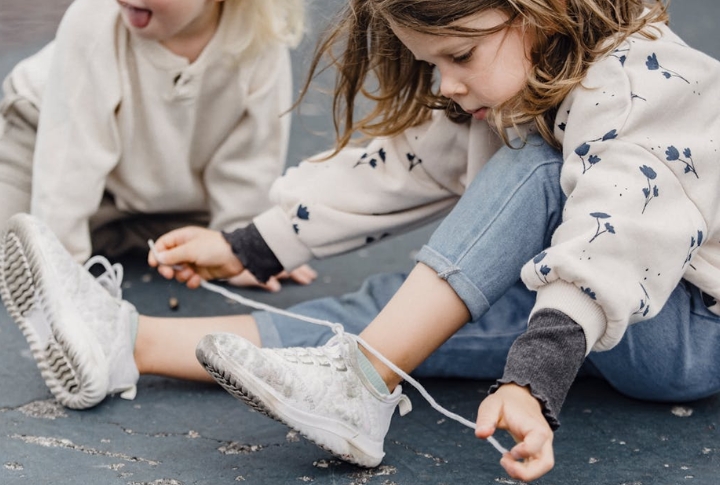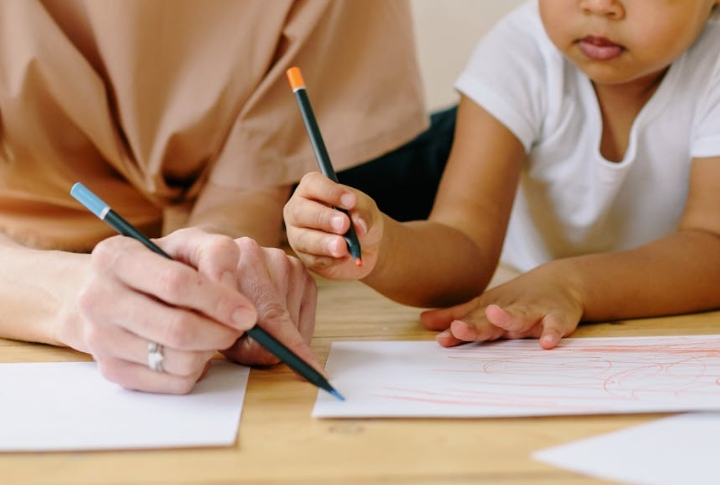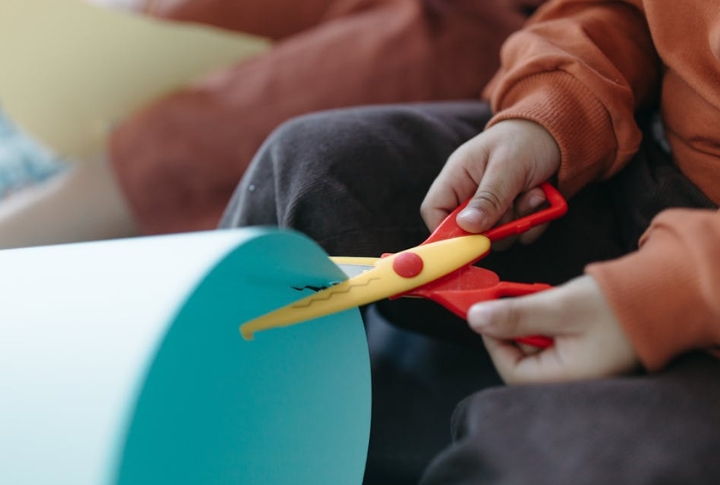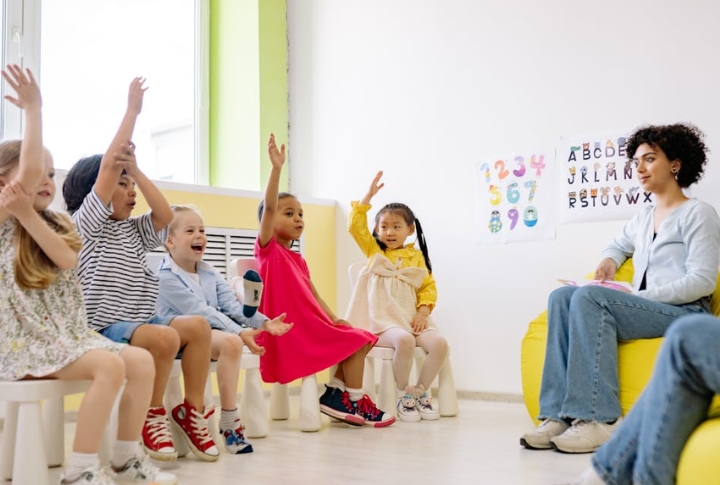
Teachers are noticing something strange in today’s classrooms—basic life skills once second nature are now rare talents. The shift is cultural. Kids are growing up in a world that does more for them, not with them. Wondering which ordinary tasks have suddenly become uncommon? The list might surprise you.
Tying Shoelaces Independently

Tying shoelaces might feel like a simple childhood skill, but a second-grade teacher noticed many students couldn’t do it on their own. Even more shocking, Yourtango reports that seventh graders still struggle. Most kids are ready for this milestone by age five, yet it seems the basics are slipping through the cracks.
Holding A Pencil With Proper Grip

Proper pencil grip has quietly become a classroom casualty. By second grade, students should be confidently holding pencils with a steady tripod grip. Instead, many struggle with fatigue and awkward hand positions that can snowball into bigger academic frustrations over time.
Writing Their Full Name Legibly

Once a proud second-grade rite of passage, writing one’s full name neatly is now a growing challenge. Teachers report skipped letters and barely legible scrawls. It may sound trivial, but these little handwriting hiccups make classroom organization tougher—and highlight just how much early writing practice has fallen behind.
Using Scissors To Cut Along Lines

Here’s a skill most adults never think twice about: cutting along a line. Yet in many classrooms, students struggle to guide scissors with precision. The culprit? Limited early practice. Fine motor coordination and hand-eye control develop through small actions like this.
Reciting Days Of The Week In Order

Many second graders now stumble when asked to recite the days of the week in order. Skipping or repeating days has become surprisingly common. And while it may seem harmless, this basic sequence is key to understanding time and organizing tasks.
Telling Time On An Analog Clock

Remember when telling time on a clock with hands felt like a small achievement? Not anymore. For today’s digital natives, those numbered circles seem downright mysterious. As screens display hours effortlessly, a quiet casualty emerges—losing a skill that once sharpened patience.
Counting Coins And Making Change

Money lessons started early with piggy banks and pocket change. Now, many second graders can’t identify coins or calculate simple change. Teachers see it daily, even though the skill is part of the curriculum. The shift away from physical cash has left a surprising gap in financial literacy that used to come naturally.
Following Two-Step Verbal Instructions

Kids who can’t tie their shoes struggle with other sequential tasks, too. Following two-step verbal instructions—like “put away your crayons and open your book”—now requires multiple reminders. What was once second-nature for this age group now demands extra repetition and hands-on guidance to stick.
Recognizing Left From Right Consistently

For many, it’s still a guessing game solved by the classic “L-hand” trick. This harmless habit points to difficulty with spatial awareness. From handwriting errors to untied shoes, the ripple effects of this small confusion show just how connected coordination skills really are.
Capital Letters At The Beginning Of Sentences

By second grade, capitalizing the first word of a sentence seemed automatic. But these days, lowercase letters reign supreme in many classrooms. Teachers constantly nudge students to remember this “small” rule—a simple habit that quietly reflects the growing cracks in writing fundamentals and overall focus.

